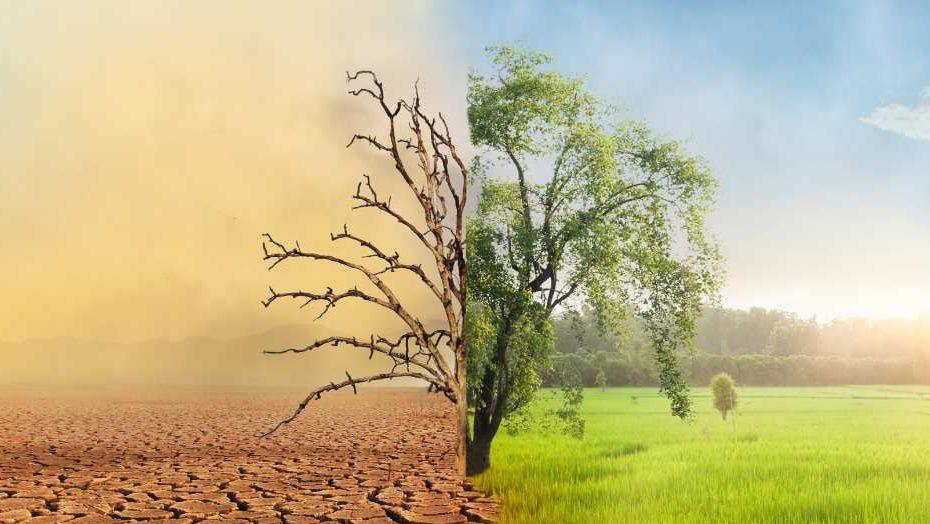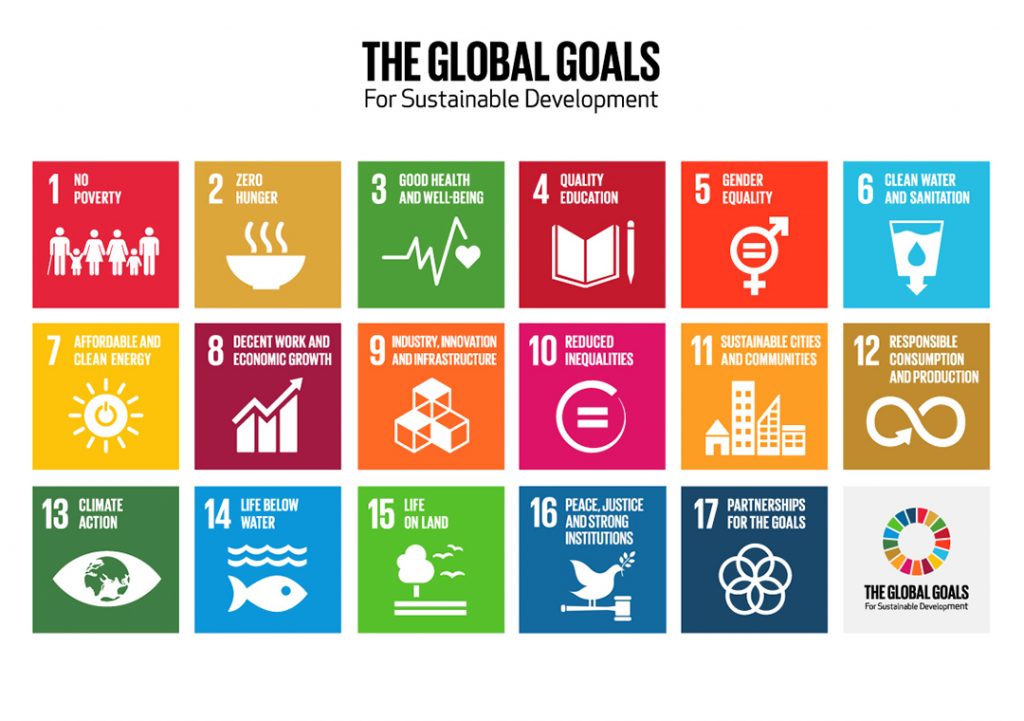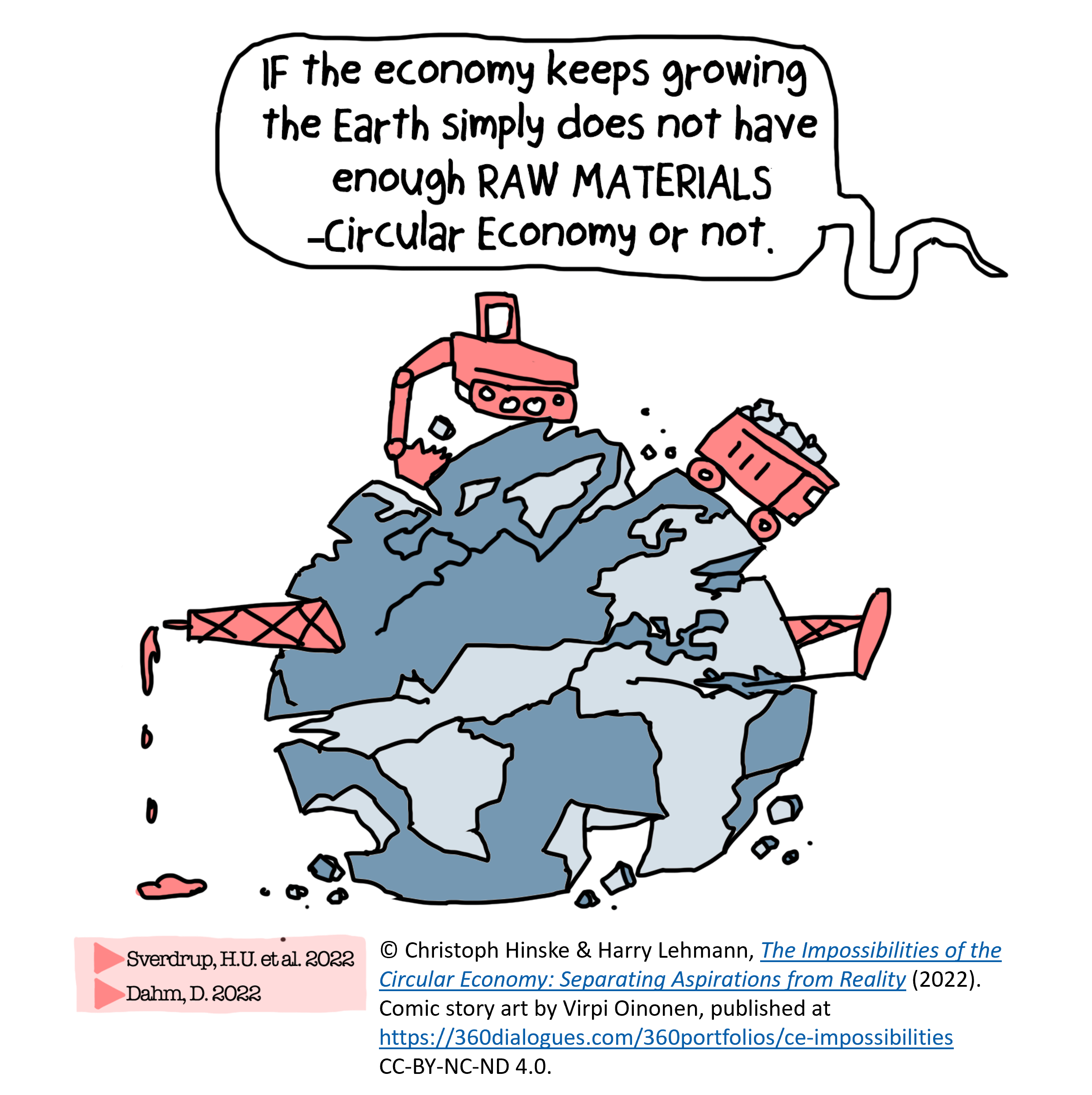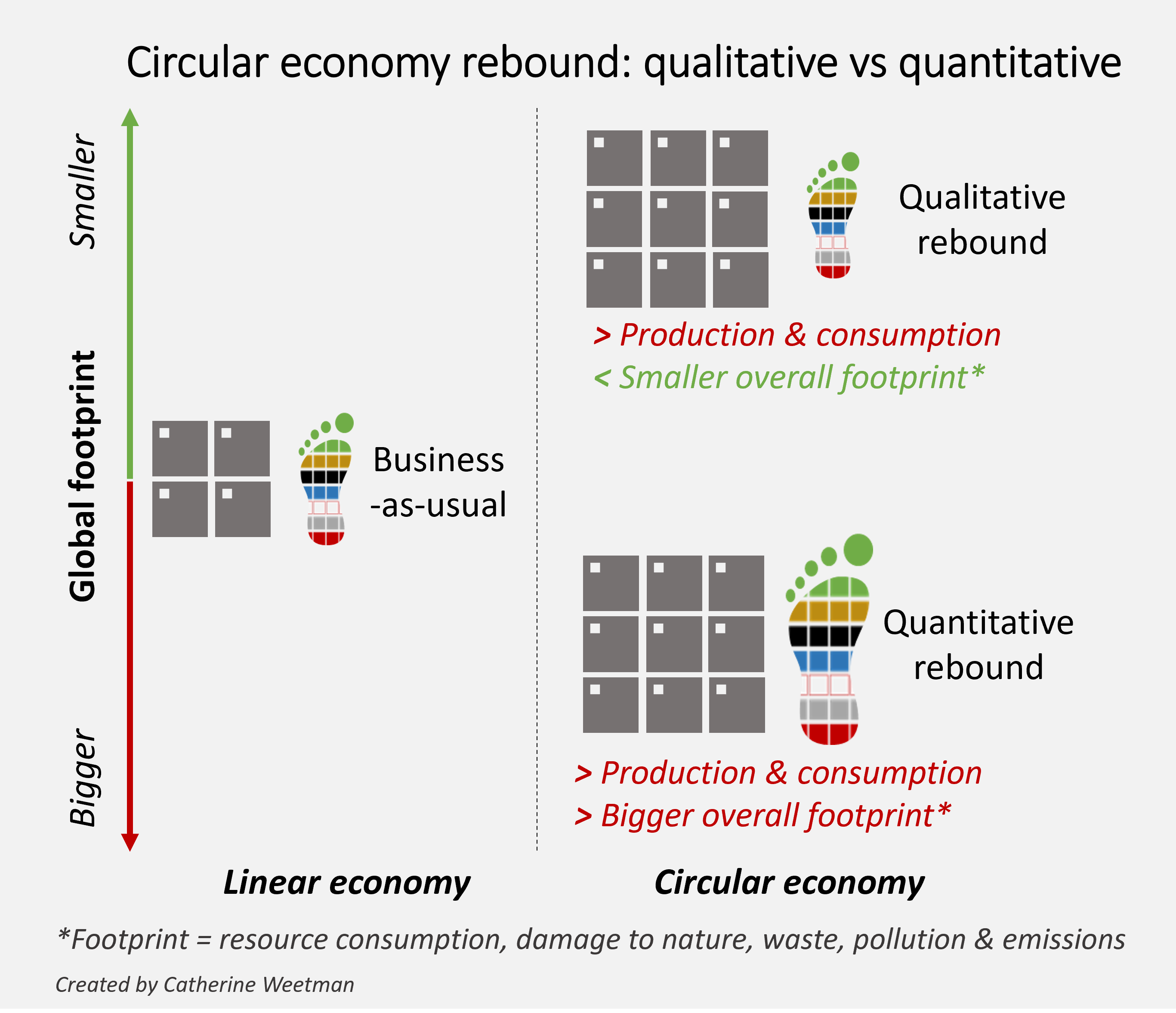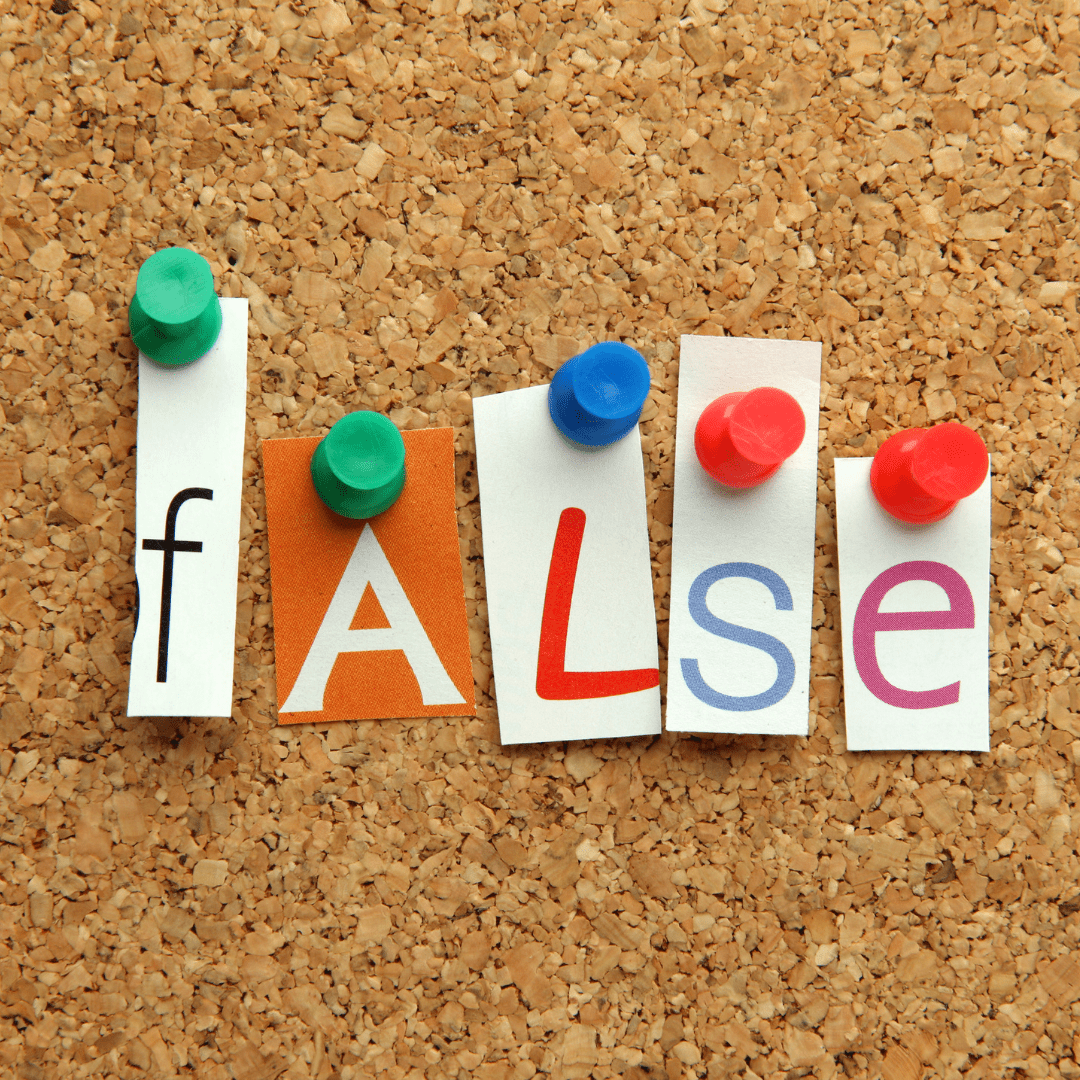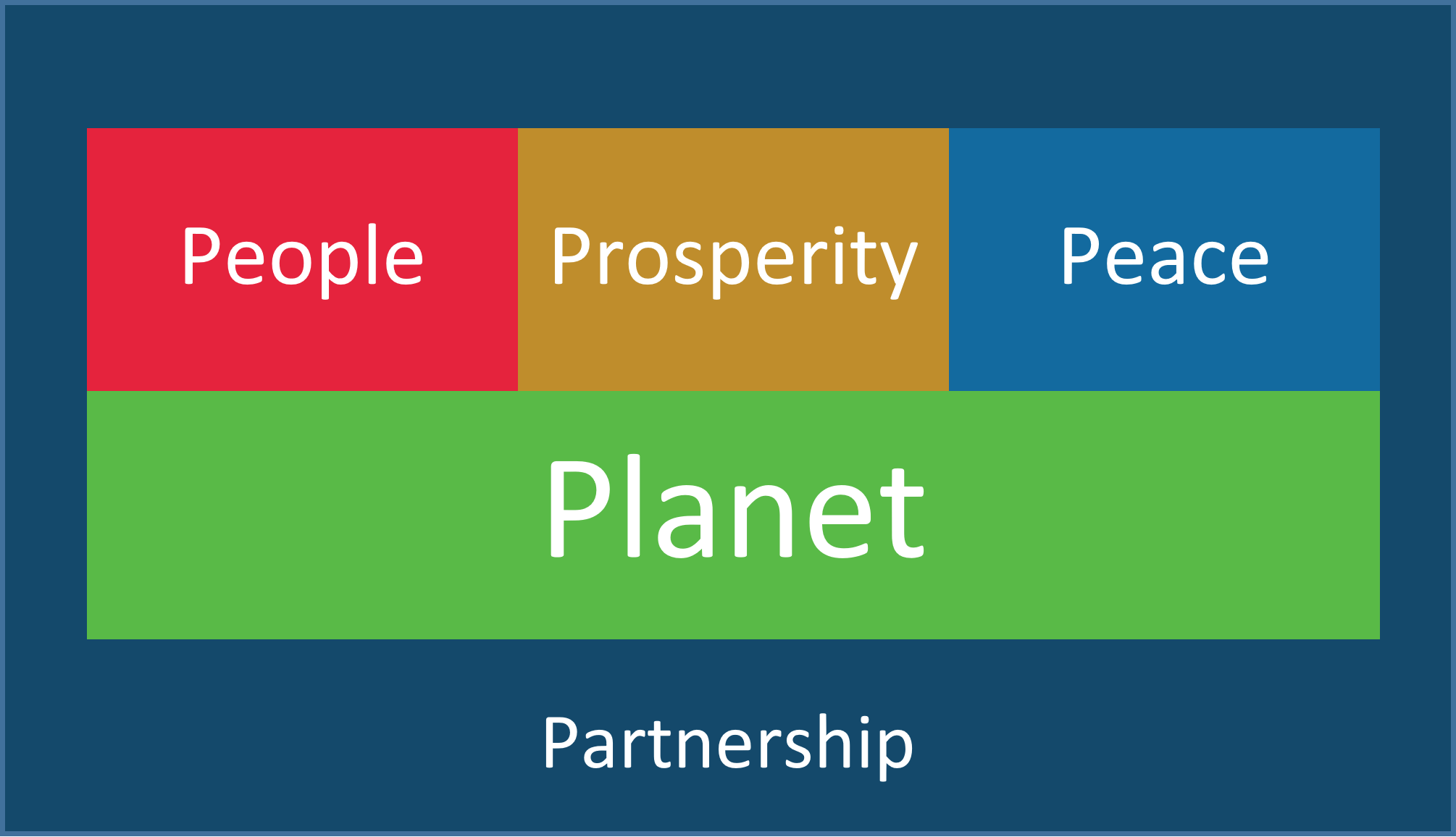7 minute read
Circular economy solutions can help us resolve the climate crisis – why aren’t we all talking about them?
We continue to see extensive media coverage on the destructive impact that climate crisis is having on our environment, yet there is still little airtime given to solutions such as the circular economy.
The need for immediate and meaningful action to tackle the climate change has been highlighted by the November 2019 WMO Bulletin which showed that levels of heat-trapping greenhouse gases in the atmosphere reached another record high in 2018 at 407.8 parts per million with no signs of a slowdown. Countries will have to increase their carbon-cutting ambitions five-fold if the world is to avoid warming by more than 1.5C.
Yet there is hope. The Swedish sustainability consultancy Material Economics undertook extensive research into climate change mitigation and concluded that circular economy measures could reduce greenhouse gas emissions from the four key value chains of the steel, plastics, aluminium and cement industries by 56 per cent. However, the Circularity Gap Report 2019 found only 9 per cent of our world is circular and worse, resource extraction and greenhouse gas emissions continue to increase, with the linear economy becoming more entrenched globally.
I first learnt about the circular economy when I was choosing a subject for my Master’s dissertation at the Institute of Development Studies in 2015. I did my research in South Africa on the challenges of creating a circular approach to managing electronic waste streams. As I wrote my paper, I wondered how a circular mindset could produce significant improvement in the lives of people in emerging economies, particularly as climate change tends to hit the poorest communities hardest. It made me start to ask the question, “How can circular principles solve the climate and ecological crisis that we are currently experiencing?”.
Circular Thinking and the Climate Crisis
I have seen how much the climate crisis features on the agenda of international conferences. A recent example is from the World Resources Forum in Geneva in October 2019 – in the final plenary, Lieze Cloots, of the Public Waste Agency of Flanders, rounded up the five key messages from the conference: the first was “the Circular Economy is an enabler for climate policy”. I am sure we will see more discussions like this at COP25 in Madrid in 2019 and as we prepare for COP26 in Glasgow in 2020.
By 2030, the world is aiming to achieve the 17 United Nations Sustainable Development Goals (SDGs). Two papers I have been reading by Patrick Schroeder and Chatham House make a strong link between circular practices and the SDGs, especially:
- SDG 6 Clean Water and Sanitation
- SDG 7 Affordable and Clean Energy
- SDG 8 Decent Work and Economic Growth
- SDG 12 Responsible Consumption and Production
- SDG 15 Life on Land.
The importance of these links was highlighted in 2018 by Kate Raworth, when she mapped her Doughnut Economics framework onto the SDGs, highlighting gaps between the SDG aims and the need to stay below the environmental ceiling, thus creating a safe and just space for the world to live in. Yet there didn’t seem to be a clear indication that Goal 13 (Climate Action) could benefit from circular thinking.
Solutions that Already Exist
In March 2019, I met Al Gore (along with 2,000 other people!). I took part in his Climate Reality Leadership project, including training on the science behind the climate crisis and key solutions to the problem. He emphasised the importance of moving from fossil fuels to renewable energy as the most significant way of reducing CO2 emissions.
The real eyeopener from the training for me came during a workshop run by Katharine Wilkinson of Project Drawdown, a climate change mitigation research project initiated by Paul Hawken and climate activist Amanda Joy Ravenhill. Central to the project is a list of the “100 most substantive solutions to global warming” encompassing existing and technologically viable solutions, compiled by a team of over 200 researchers. Many of these solutions incorporate circular principles including renewable energy, regenerative agriculture, green roofs, bioplastics, marine permaculture, methane digesters, biomass energy and composting.
These solutions have real relevance to national governments wanting to facilitate green growth and community resilience; for global corporations whose investors want them to balance social and environmental factors with profits, and for entrepreneurs around the world to develop sustainable prosperity. I was also encouraged that, along with 264 out of 408 other UK councils who have declared a Climate Emergency, my local town council has broadened the remit by launching a “Climate and Eco-Diversity Declaration”. They then mapped 80 of the Project Drawdown solutions against how relevant they were to actions within the council’s spheres of influence e.g. afforestation, micro wind and ride-sharing. This showed to me how it is possible to link global solutions to local action.
As I researched further, I realised that these ideas had been explored in several publications and the message was clear: we are not going to be able to tackle the huge global challenge that is the climate and ecological emergency without some serious circular thinking. The most recent report was published by the Ellen MacArthur Foundation in September 2019 entitled “Completing the picture – how the circular economy tackles climate change”. It looks at five key areas of the economy: cement, plastics, steel, aluminium, and food and shows how designing out waste, keeping materials in use, and regenerating farmland can reduce greenhouse gas emissions by 9.3 billion tonnes. That is equivalent to eliminating current emissions from all forms of transport globally. Details of the other reports are the Further Resources section below.
Start from the heart
So what action can we take? Katharine Hayhoe, a climate scientist, suggested in a TED Talk that the most important thing that we can do to fight the climate crisis right now is to talk about it. She says, “We don’t need to be talking more about science; we’ve been talking about the science for over 150 years; instead of starting up with data and facts in our head, rather start from the heart by talking about why it matters to us, to begin with genuinely shared values”. Without meaningful dialogue, we are not going to be able to engage with others about reducing pollution, decreasing acidity in oceans and restoring biodiversity. The more conversations we have about the climate crisis, the more others will understand the urgency and the great likelihood of collaborative action needed at a local, regional, national and continental level. We can ‘nudge’ people away from denial and scepticism to a more positive, circular mindset.
Policymakers can create the environment for individuals, families, businesses and community groups to make changes in their own circle of control, to reduce the adverse environmental impacts of their daily lives. For some good suggestions, why not read Ethical Consumer’s guide: “60 Actions to Help Tackle Climate Change”.
My journey is focused on three ‘circles of influence’: local, regional and continental. This means the village where I live (Fairer World Lindfield), in my neighbouring city (Circular Brighton & Hove), and at a continental level in Africa (The African Circular Economy Network). We can all use circular principles such as reuse, repair and repurpose as starting points for conversations about how to mitigate the climate crisis in our families, communities and workplaces. Circular approaches including regenerative agriculture, solutions to food waste and water recovery are all essential, especially in the Global South, to reduce the risk of crop failures, drought and flooding.
Circular, positive solutions
I believe the circular economy is an essential tool in mitigating the negative impacts of the climate and ecological crisis. We in the Global North need to do more than anyone, given that we created the problem in the first place. It doesn’t feel helpful to say “Climate change is inevitable, we can’t do anything to stop it, we just need to plan for the worst disaster”. Instead, I believe we can all make a positive impact by helping to implement a circular economy – to engage in conversation with those around us, lobby people in power and take circular actions in our businesses and homes. Moving away from our current linear economy and reducing carbon emissions will improve prosperity, enhance business reputations, and create healthier lifestyles for ourselves and our planet.
Further resources
Implementing Circular Economy Globally makes Paris Targets achievable – Circle Economy (2016): Strategies at the heart of the circular economy include measures to reduce the input of virgin materials, improve the use of existing assets and reduce the output of waste. Circular economy strategies related to materials include: recovery and reuse, lifetime extension, sharing and service models, circular design and digital platforms. CO2 emissions are therefore reduced.
Global Material Flows and Resource Productivity – United Nations Environment Programme, IRP (2016): Rising consumption fuelled by a growing middle class has seen the amount of primary materials extracted from the Earth has tripled in the last four decades. The dramatic increase in the use of fossil fuels, metals and other materials will intensify climate change, increase air pollution, reduce biodiversity and ultimately lead to the depletion of natural resources, causing worrying shortages of critical materials and heightening the risk of local conflicts.
Time to connect the dots – link between CE and Climate Change Policy – CEPS Policy Brief (2016): Improved resource efficiency, greater recycling and re-use, as well as an absolute reduction in the use of raw materials, must become a key element of climate policy in the context of the circular economy.
Seven Messages About the Circular Economy and Climate Change – OVAM (2019). This PDF from the World Resource Forum includes charts and information to support these messages. A large part of the world’s energy consumption and greenhouse gas emissions is very closely linked to the extraction, processing, transportation, use, and discarding of materials. Circular strategies such as circular design, material-efficient production, reuse, repair, and recycling lead to both savings in material consumption and greenhouse gas emissions.
Circularity Gap Report – Circle Economy (2019): Only 9 per cent of materials are reused globally yet greenhouse gas emissions are closely linked to resource use. There is vast scope to reduce emissions by applying circular principles – reuse, remanufacturing and recycling – to key sectors such as the built environment. Yet most governments barely consider circular economy measures in policies aimed at limiting global warming to 1.5°C.
Circular Economy – The Missing Link in Fight Against Climate Change – World Resources Forum (2019): The circular economy can drive solutions to climate change. This article introduces eight new perspectives on the circular economy. Research by the OECD links more than half of total greenhouse gas emissions directly to the use of raw materials: extraction, transport, waste processing, loss during recycling and use in construction and manufacturing.
Peter Desmond
Peter is a circular economy coach, workshop facilitator and strategic advisor. He helps businesses find circular opportunities, create a compelling business case, and broaden their networks, and is keen to work with SME’s and start-ups, helping them use the circular economy to succeed and prosper.
Peter’s extensive financial background underpins his circular economy advice and support, and he supports businesses as a Circular Economy Club Mentor and Local Organiser for Brighton & Hove. He also helps overseas organisations to embed the circular economy and is co-founder and chair of the African Circular Economy Network.
To find out more about the circular economy, why not listen to Episode 1 of the Circular Economy Podcast, read our guide: What is the Circular Economy, or stay in touch to get the latest episode and insights, straight to your inbox…
